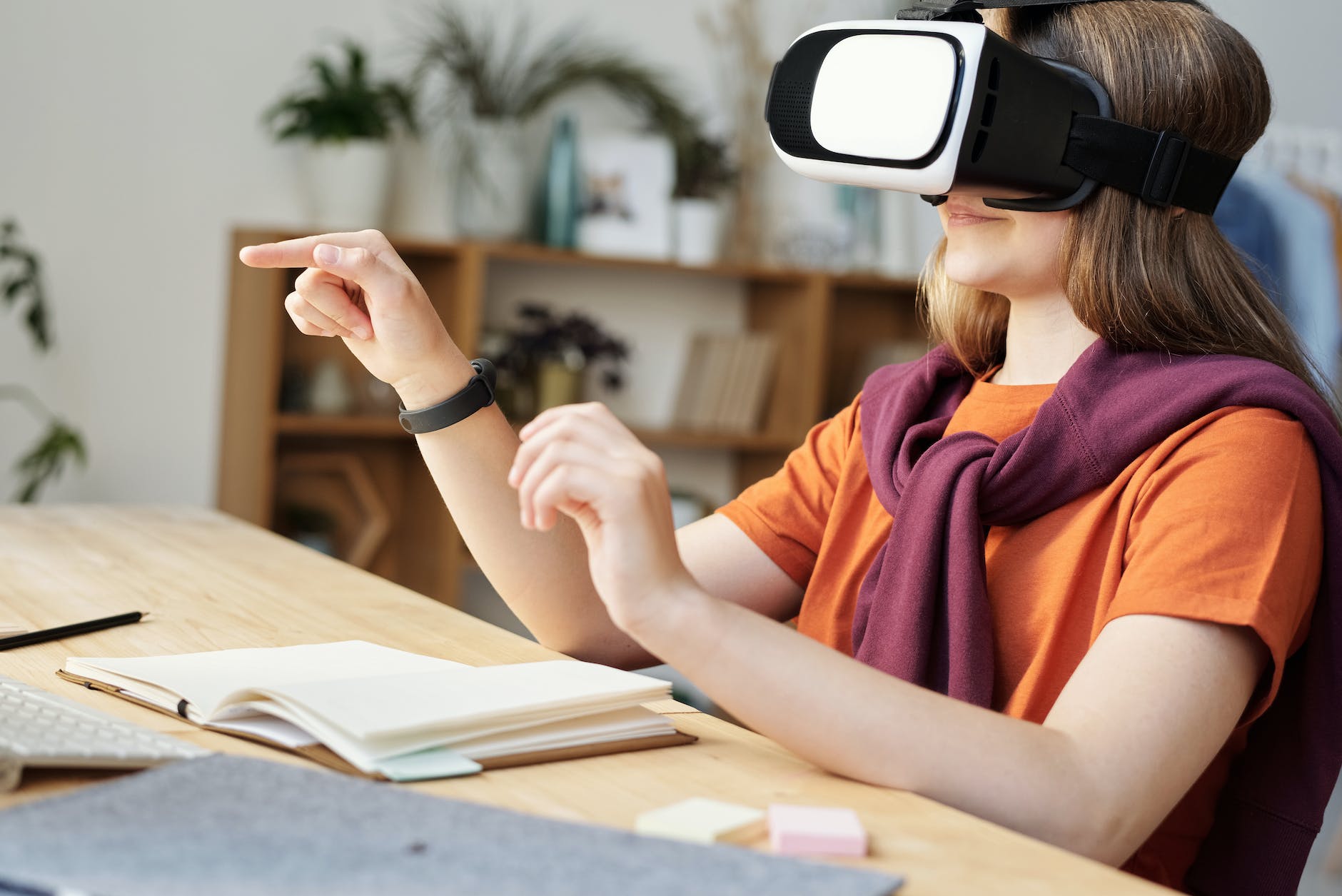Augmented Reality (AR), once the realm of science fiction, has rapidly infiltrated our everyday lives. From social media filters to advanced medical procedures, AR’s diverse applications are transforming the way we interact with the digital world. This article explores the growth of AR technology, its applications across various industries, and the challenges and potential it holds for the future.
Augmented Reality: Bridging the Gap Between Real and Virtual
AR technology superimposes computer-generated images or information onto the real world, creating an enhanced version of our physical reality. Unlike Virtual Reality (VR), which fully immerses the user in a digital environment, AR overlays digital elements onto the real world, allowing users to interact with both simultaneously.
AR’s rise can be traced back to the advancement in smartphone technology, which provided a readily available platform for AR applications. Today, AR has advanced beyond smartphones, making its way into smart glasses and headsets, providing more immersive and hands-free AR experiences.
Applications of Augmented Reality
AR has found its footing in numerous fields:
- Retail and E-commerce: Businesses use AR to offer ‘try-before-you-buy’ experiences, allowing customers to visualise products in their environment or on themselves, enhancing customer engagement and boosting sales.
- Education: AR is adding a new dimension to learning by making complex topics interactive and engaging. For instance, students can explore 3D models of the solar system or human anatomy, improving understanding and retention.
- Healthcare: AR assists surgeons by overlaying patient data during procedures, increasing precision. Moreover, it is used in patient education and physiotherapy.
- Manufacturing: AR can provide real-time data and guidance during assembly or maintenance processes, improving efficiency and reducing errors.
Challenges and Future Directions
Despite the tremendous growth, AR still faces significant challenges. For instance, creating realistic and seamless AR experiences requires advanced hardware and software, pushing the limits of current technology. Moreover, issues related to privacy and data security are of significant concern, as AR applications often require access to sensitive information.
Looking forward, AR is expected to become more prevalent as technology evolves. The development of 5G will likely accelerate this growth, as faster and more reliable connections will enable more complex and reliable AR experiences. Furthermore, the advent of wearable AR devices, like AR glasses, will potentially make AR an integral part of our daily lives.
Conclusion
Augmented reality is more than just a technological marvel; it’s a tool that’s reshaping how we interact with the world around us. It’s transforming industries, changing how we learn, shop, work, and even receive medical care. Despite the challenges, the potential of AR is vast, and its proliferation signals a new era of digital interaction. As AR continues to mature and evolve, one thing is clear: AR is not just augmenting our reality; it’s redefining it.
